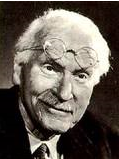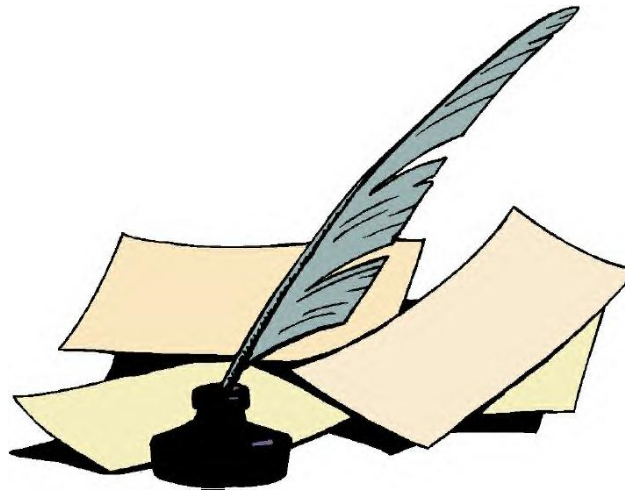Archetypes
 Archetypes are, according to Swiss psychiatrist Carl Jung, innate universal psychic dispositions that form the substrate from which the basic themes of human life emerge. Each (life) stage is mediated through a new set of archetypal imperatives, which seek fulfillment in action. …
Archetypes are, according to Swiss psychiatrist Carl Jung, innate universal psychic dispositions that form the substrate from which the basic themes of human life emerge. Each (life) stage is mediated through a new set of archetypal imperatives, which seek fulfillment in action. …
en.wikipedia.org/wiki/Jungian_archetype
“Archetypes are universal, and, in subtle or extravagant ways, interchangeable.”
Tanith Lee
“While archetypes may emanate through us for short periods of time, in what we call numinous experience, no woman can emanate an archetype continuously. Only the archetype itself can withstand such projections such as ever-able, all giving, eternally energetic. We may try to emulate these, but they are ideals, not achievable by humans, and not meant to be. Yet the trap requires that women exhaust themselves trying to achieve these unrealistic levels. To avoid the trap, one has to learn to say ‘Halt’ and ‘Stop the music,’ and of course mean it.”
Clarissa Pinkola Estés (Women Who Run with the Wolves)
The above authorities have done everything but jump up and down and wave red flags at the storyteller. Characters that jump off the page and into the reader’s dreams never emanate just one archetype. During the course of the story, the main characters must flip through at least a few archetypal emanations and also spend a bit of time being totally non-archetypal—but not too much, it gets boring. Why? Because that’s what we do. None of us can be the wise mentor, faithful ally, guardian of the threshold, or trickster all the time. A successful human being manages to embody the archetypes or combination of archetypes she needs at the precise times in her life that she needs them.
In my next blog, I’ll look at Christoper Vogler’s list of the archetypes that drive the story of the hero’s journey and show how they morph into each other to become potent characters that the reader remembers.

